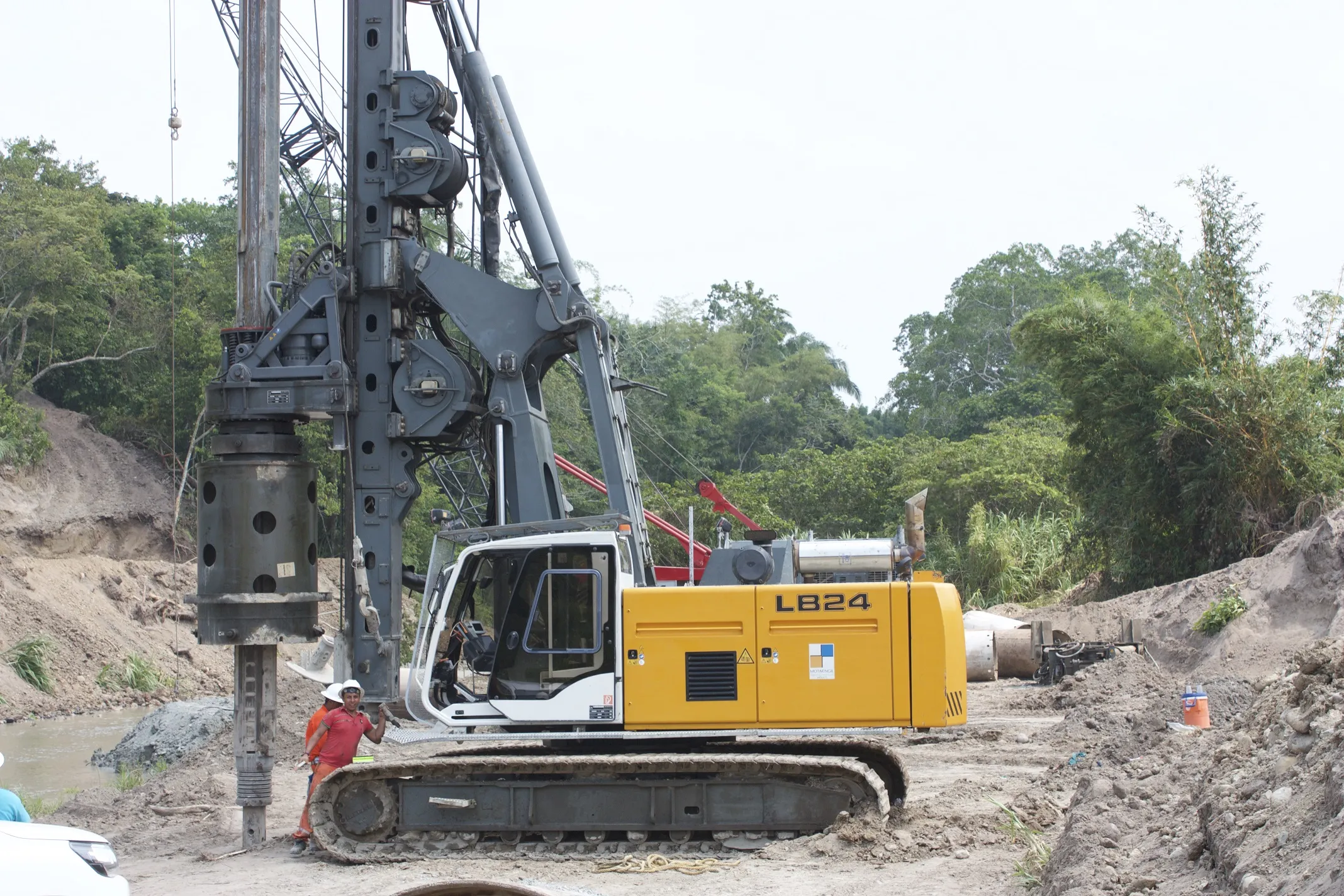Global building materials giant Cemex says that as part of its commemoration of World Environment Day 2016 on Sunday 5 June, its El Carmen Conservation Program is celebrating 15 years of continued scientific research, habitat preservation, and species restoration.
With over 140,000 hectares, the cross-border El Carmen private conservation region between Mexico and the United States is said to be one of the most biodiversity rich areas in North America, and one of the five great wilderness ecosystems in
June 7, 2016
Read time: 3 mins
RSSGlobal building materials giant 3016 Cemex says that as part of its commemoration of World Environment Day 2016 on Sunday 5 June, its El Carmen Conservation Program is celebrating 15 years of continued scientific research, habitat preservation, and species restoration.
With over 140,000 hectares, the cross-border El Carmen private conservation region between Mexico and the United States is said to be one of the most biodiversity rich areas in North America, and one of the five great wilderness ecosystems in the world.
Located in northern Coahuila, Mexico, and southern Texas, United States, El Carmen represents an extensive key biological corridor for wildlife migration and distribution. This territory is home to more than 1,500 plant species, 289 avian species, 80 types of reptiles and amphibians, and 78 mammal species. Among the highlights of its protection efforts is the reintroduction of extinct species in the region, such as the bighorn and pronghorn sheep, which currently number approximately 400 specimens. Other species with considerably increased populations include the desert mule deer, the white-tailed deer, and the black bear, which is the largest population of this species of bear in Mexico.
“Through our El Carmen Conservation Program, we are able to restore habitats and wildlife in a region that is 8.4 times larger in size than the total sum of the areas impacted by our operations worldwide,” said Fernando A. Gonzalez, CEO of Cemex. “El Carmen’s 15 years of conservation efforts reaffirm the key role that sustainability plays in our company’s strategy.”
Over the past 15 years, the El Carmen ecological reserve has provided research and educational opportunities to more than 900 students and academicians, who monitor the region’s biodiversity and contribute to its conservation. It has also served as the scene for 16 Master’s and PhD Thesis projects of candidates from prestigious universities across Mexico and the United States, including ITESM, UANL, UCLA, Yale, and Texas A&M. Among other institutions, their study of El Carmen has resulted in the publication of 60 scientific and popular papers.
El Carmen holds active cooperation agreements with several conservation NGOs such as Cuenca Los Ojos, The Texas Bighorn Society, and The Wild Sheep Foundation, as well as orientation partnerships with such institutions as Agrupacion Sierra Madre, Unidos Para La Conservacion, Birdlife International, Conservation International, and The Wild Foundation. The Mexican and US Governments are also participants in this conservation initiative through agencies comprising SEMARNAT, CONANP, CONAFOR, and SEMA, in Mexico, and the National Park Service, the US Fish and Wildlife Service, and the Texas Parks and Wildlife Department in the United States.
Cemex will continue to strengthen its cooperative relationships to foster El Carmen’s restoration through its participation at the Business Summit of the Thirteenth meeting of the Conference of the Parties to the Convention on Biological Diversity (COP13) that will take place in Cancun, Mexico, in December 2016.
To promote the awareness of and respect for the ecosystems that inhabit El Carmen and CEMEX’s protection and restoration efforts in this and other areas, the company has enabled the CEMEX Nature digital platform, available online here.
With over 140,000 hectares, the cross-border El Carmen private conservation region between Mexico and the United States is said to be one of the most biodiversity rich areas in North America, and one of the five great wilderness ecosystems in the world.
Located in northern Coahuila, Mexico, and southern Texas, United States, El Carmen represents an extensive key biological corridor for wildlife migration and distribution. This territory is home to more than 1,500 plant species, 289 avian species, 80 types of reptiles and amphibians, and 78 mammal species. Among the highlights of its protection efforts is the reintroduction of extinct species in the region, such as the bighorn and pronghorn sheep, which currently number approximately 400 specimens. Other species with considerably increased populations include the desert mule deer, the white-tailed deer, and the black bear, which is the largest population of this species of bear in Mexico.
“Through our El Carmen Conservation Program, we are able to restore habitats and wildlife in a region that is 8.4 times larger in size than the total sum of the areas impacted by our operations worldwide,” said Fernando A. Gonzalez, CEO of Cemex. “El Carmen’s 15 years of conservation efforts reaffirm the key role that sustainability plays in our company’s strategy.”
Over the past 15 years, the El Carmen ecological reserve has provided research and educational opportunities to more than 900 students and academicians, who monitor the region’s biodiversity and contribute to its conservation. It has also served as the scene for 16 Master’s and PhD Thesis projects of candidates from prestigious universities across Mexico and the United States, including ITESM, UANL, UCLA, Yale, and Texas A&M. Among other institutions, their study of El Carmen has resulted in the publication of 60 scientific and popular papers.
El Carmen holds active cooperation agreements with several conservation NGOs such as Cuenca Los Ojos, The Texas Bighorn Society, and The Wild Sheep Foundation, as well as orientation partnerships with such institutions as Agrupacion Sierra Madre, Unidos Para La Conservacion, Birdlife International, Conservation International, and The Wild Foundation. The Mexican and US Governments are also participants in this conservation initiative through agencies comprising SEMARNAT, CONANP, CONAFOR, and SEMA, in Mexico, and the National Park Service, the US Fish and Wildlife Service, and the Texas Parks and Wildlife Department in the United States.
Cemex will continue to strengthen its cooperative relationships to foster El Carmen’s restoration through its participation at the Business Summit of the Thirteenth meeting of the Conference of the Parties to the Convention on Biological Diversity (COP13) that will take place in Cancun, Mexico, in December 2016.
To promote the awareness of and respect for the ecosystems that inhabit El Carmen and CEMEX’s protection and restoration efforts in this and other areas, the company has enabled the CEMEX Nature digital platform, available online here.








